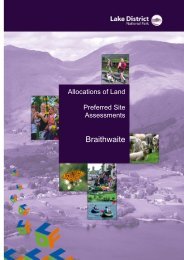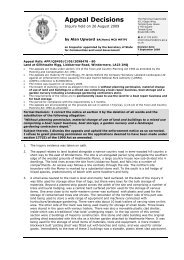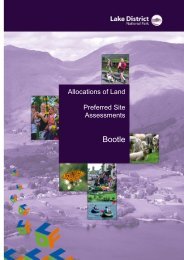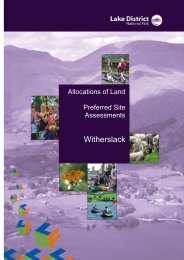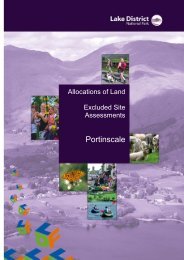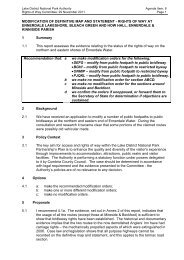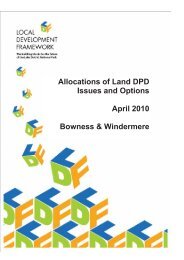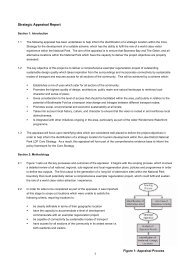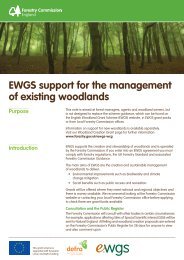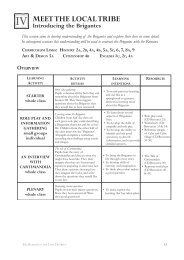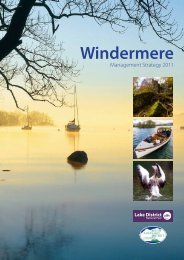The Partnership's Plan - Lake District National Park
The Partnership's Plan - Lake District National Park
The Partnership's Plan - Lake District National Park
Create successful ePaper yourself
Turn your PDF publications into a flip-book with our unique Google optimized e-Paper software.
Celebrated social and cultural heritage<br />
<strong>The</strong> character of the <strong>National</strong> <strong>Park</strong> is inseparable from the personalities, lifestyles and<br />
traditions of its resident people – both now and in the past. It includes those who work the<br />
land, hew its rock and help to shape the landscape, to the writers and environmentalists, such<br />
as Wordsworth, Rawnsley and Bonington, who campaigned, and still do, for landscape<br />
protection in its own right. <strong>The</strong> voluntary sector and those who feel a strong passion for the<br />
landscape have played, and continue to play, a key role in the <strong>National</strong> <strong>Park</strong>.<br />
<strong>The</strong> <strong>National</strong> Trust and movement for <strong>National</strong> <strong>Park</strong>s in England and Wales have their roots<br />
here and this has had an international influence on the development of the conservation<br />
movement. It is therefore true to say that the <strong>Lake</strong> <strong>District</strong> has always been at the forefront of<br />
understanding on environmental sustainability. <strong>Lake</strong> <strong>District</strong> landscape has influenced the<br />
work of artists such as Turner, Heaton Cooper and Schwitters, and inspired the Romantic<br />
poets including Wordsworth, Coleridge and De Quincey.<br />
It is associated, through Ruskin, with the ‘Arts and Craft Movement’. Its social history has been<br />
immortalised in the works of Hugh Walpole and Norman Nicholson. Well-known authors of<br />
children’s fiction include Arthur Ransome and Beatrix Potter. <strong>The</strong> area has its own dialects and<br />
distinctive sports such as hound trailing, fell running, and Cumberland and Westmorland<br />
wrestling. <strong>The</strong>re are indigenous breeds of sheep and local crafts and foods, all celebrated at<br />
local valley shows and now more widely.<br />
1.2 Difficult decisions – ensuring a balance<br />
<strong>The</strong> <strong>National</strong> <strong>Park</strong> is a complex place. For centuries people have grappled with the need to<br />
balance environmental, economic and social objectives. This is a landscape rich in cultural<br />
heritage, biodiversity and economic and environmental potential, but it constantly faces<br />
challenges. Some are more significant than others but many are difficult to resolve.<br />
We know we must work together recognising that:<br />
• experts, groups and agencies offer different opinions on how best to maintain what we<br />
all believe is special about this unique landscape.<br />
• maintaining all the special qualities at the same time can be difficult.<br />
• sustaining this spectacular landscape, its wildlife, cultural heritage and its World<br />
Heritage potential, is a challenge.<br />
So, over the next five years, we will not have all the answers. But we will address some of the<br />
contradictions and make difficult decisions. We have to accept that finding the right balance is<br />
not going to be easy; in some instances it might not be possible to find a balance that<br />
everyone accepts.<br />
And this plan will not have all the answers. Part Three considers some issues and shows<br />
where we have made decisions. But some remain unresolved for now. Our plan is a ‘living<br />
plan’ and we will tackle the contradictions, make decisions and update our actions.<br />
14



